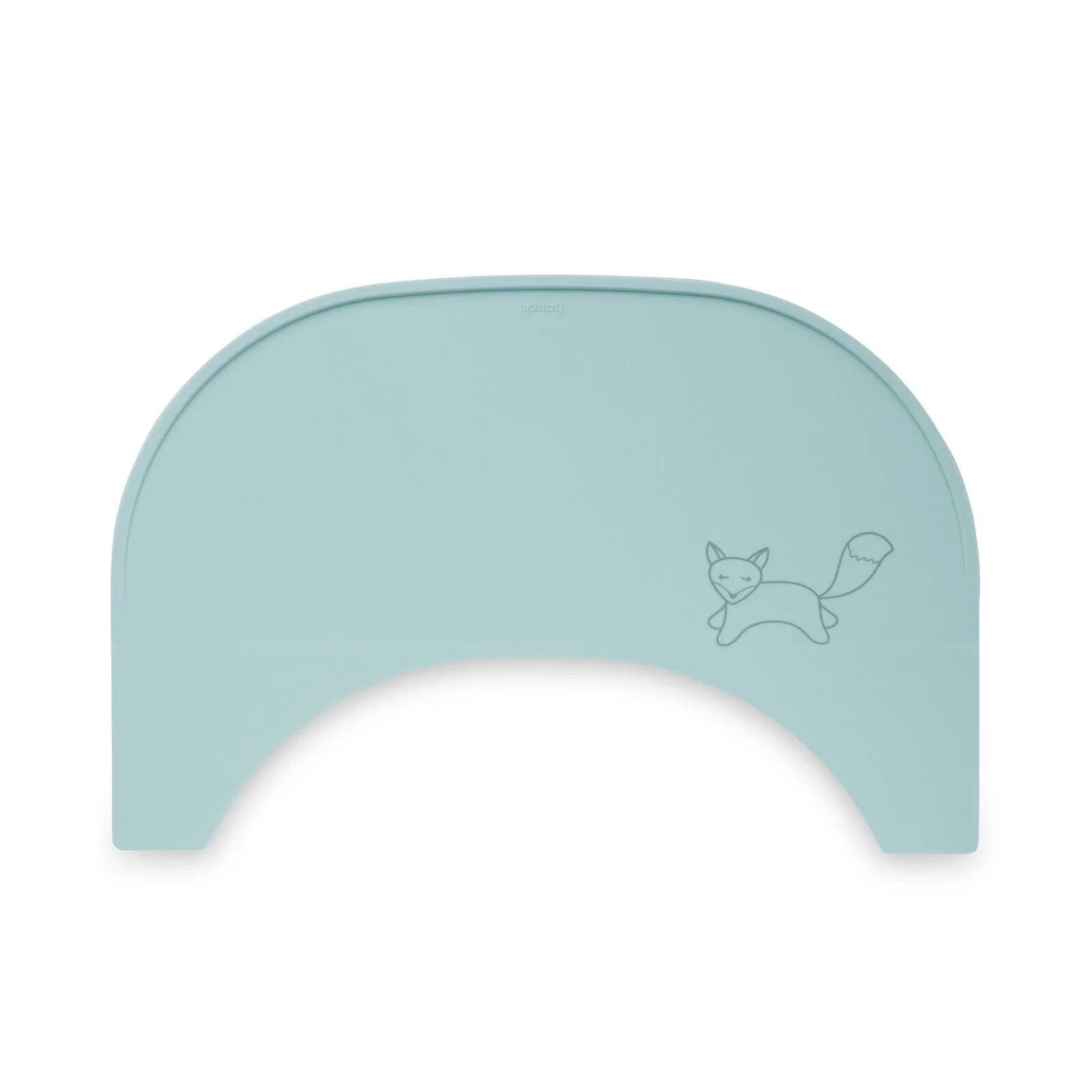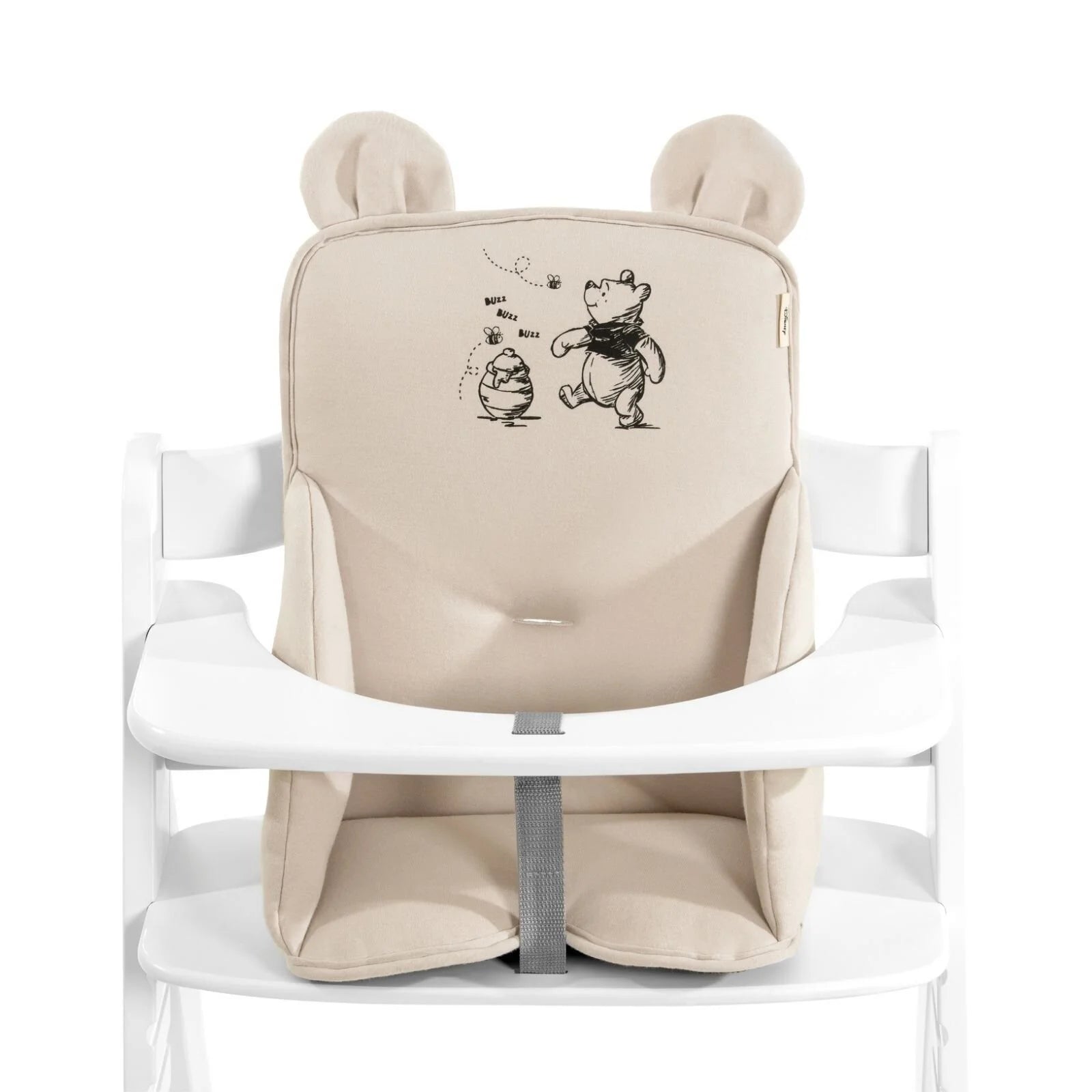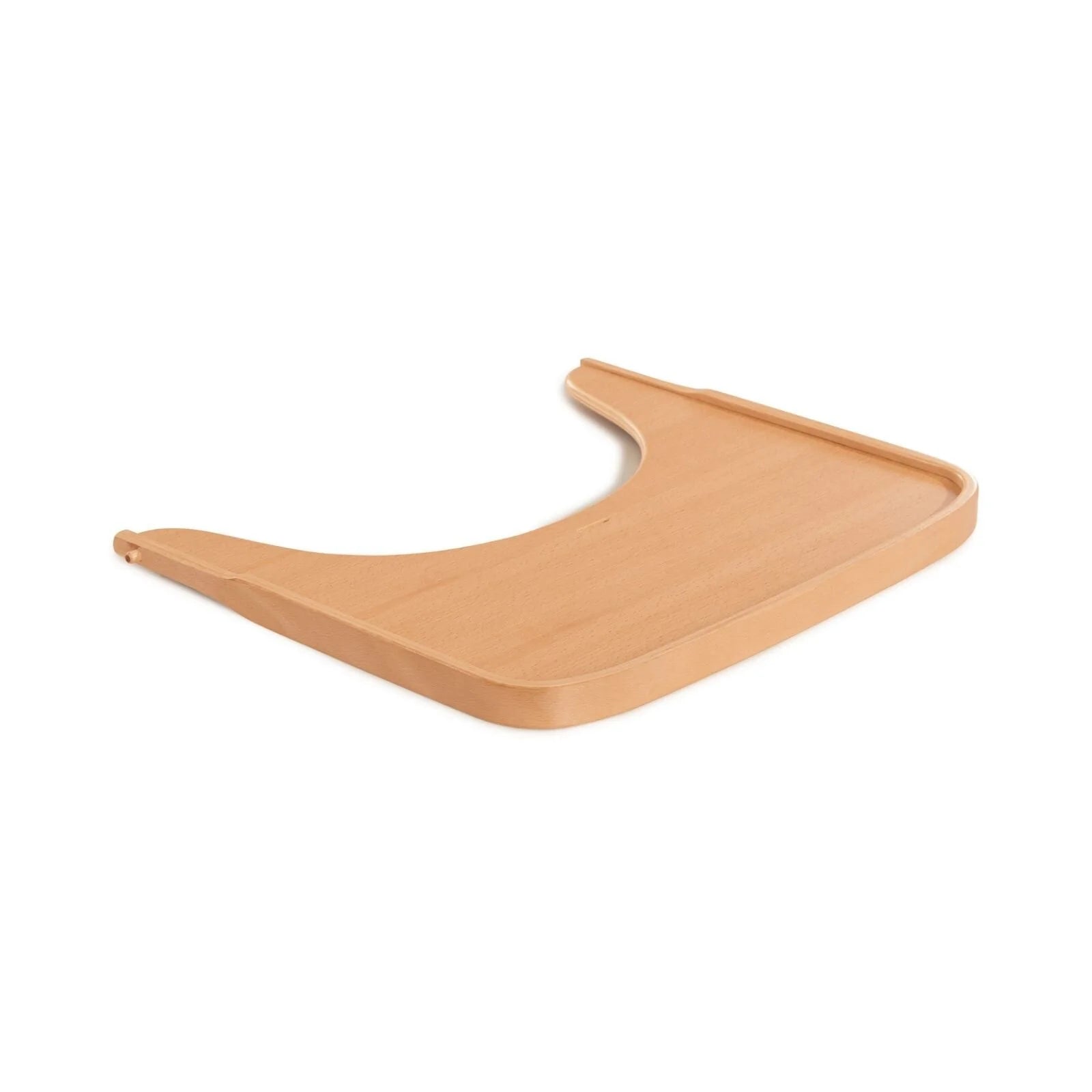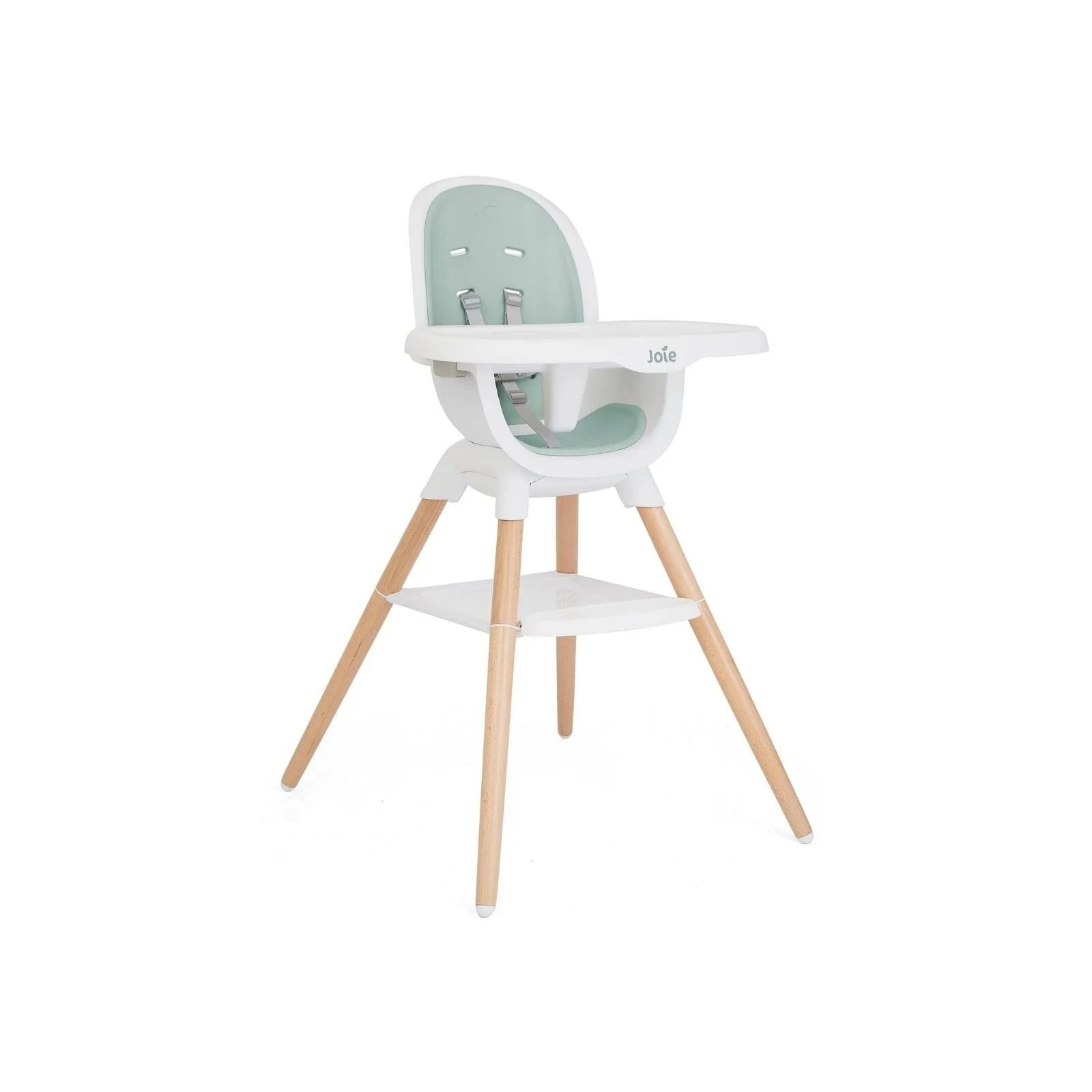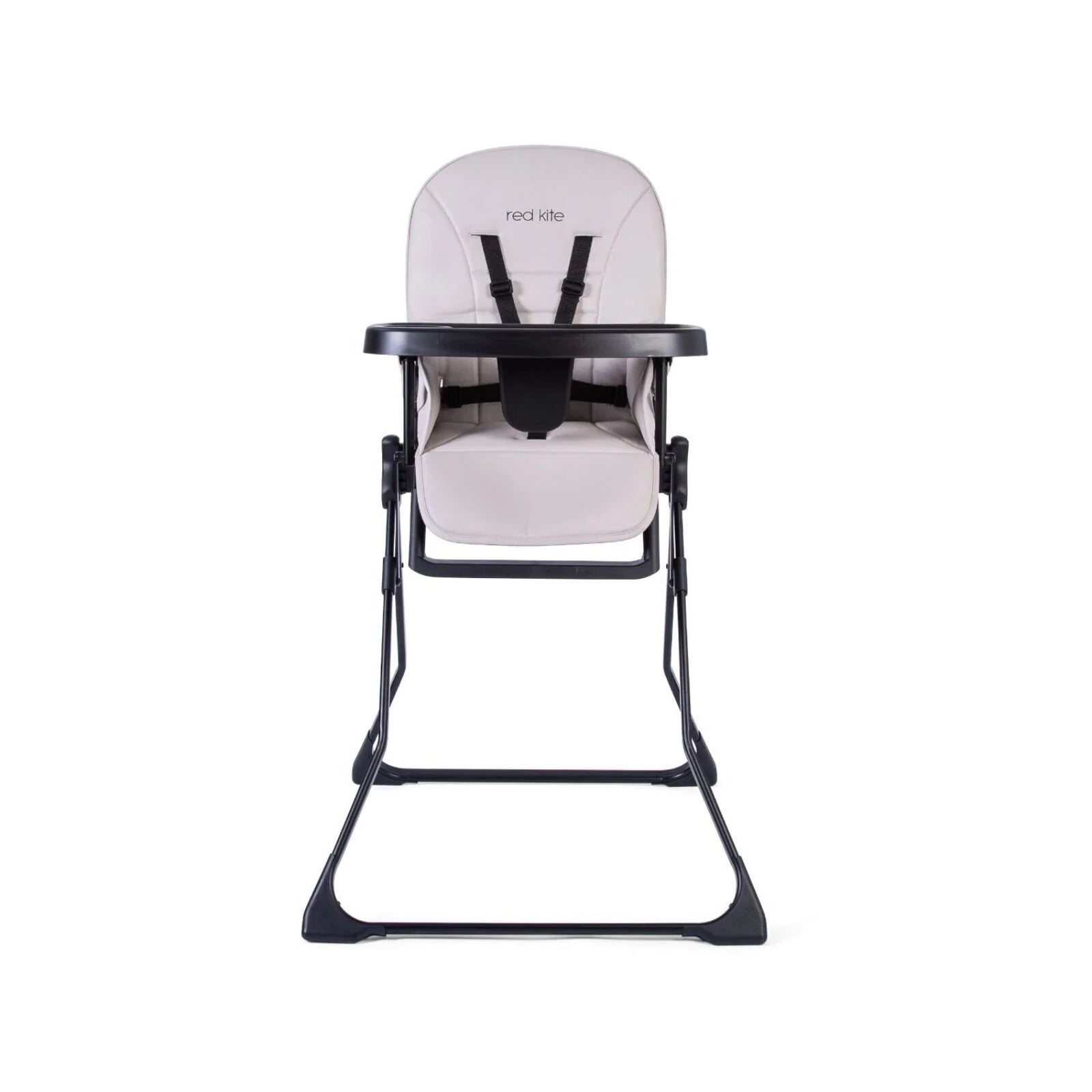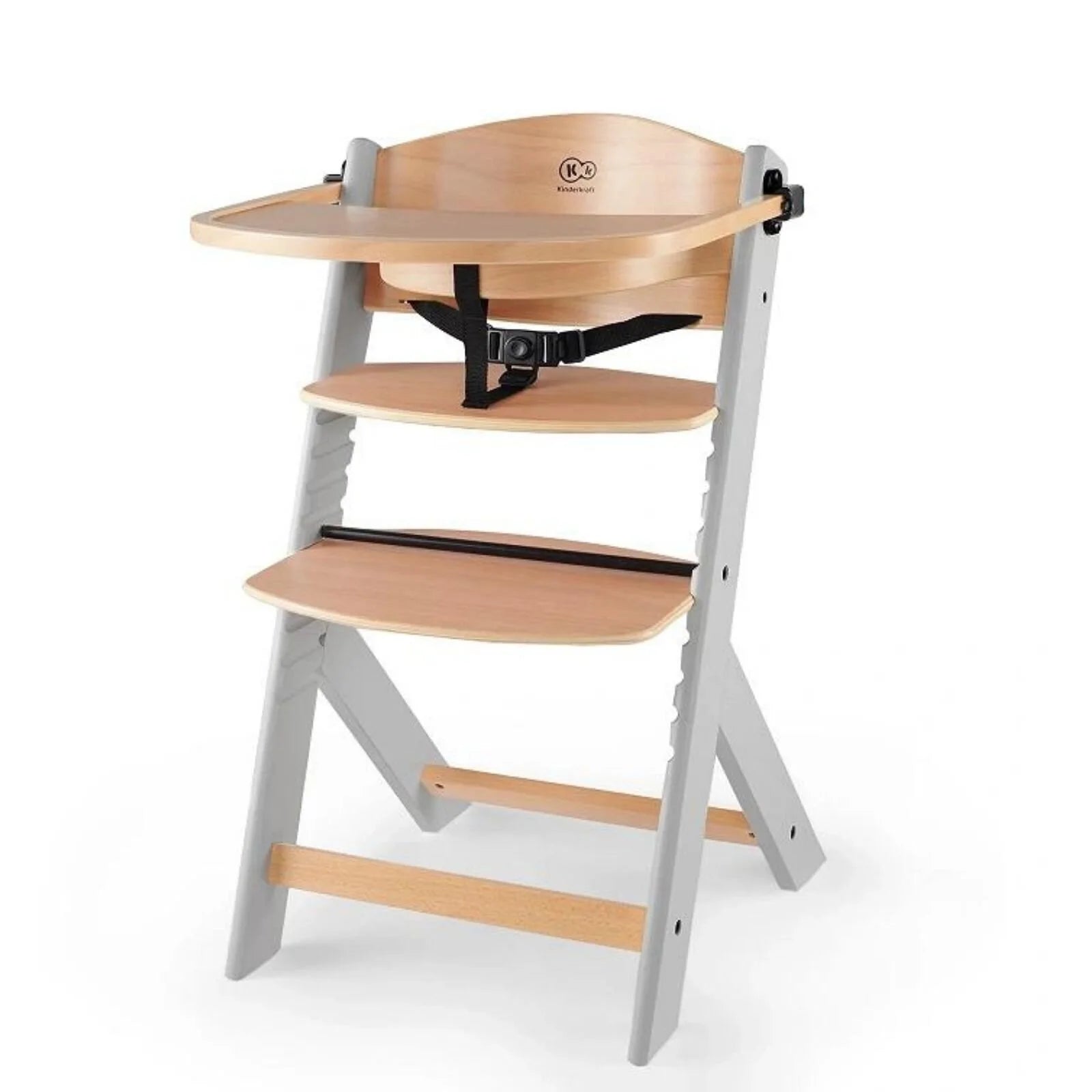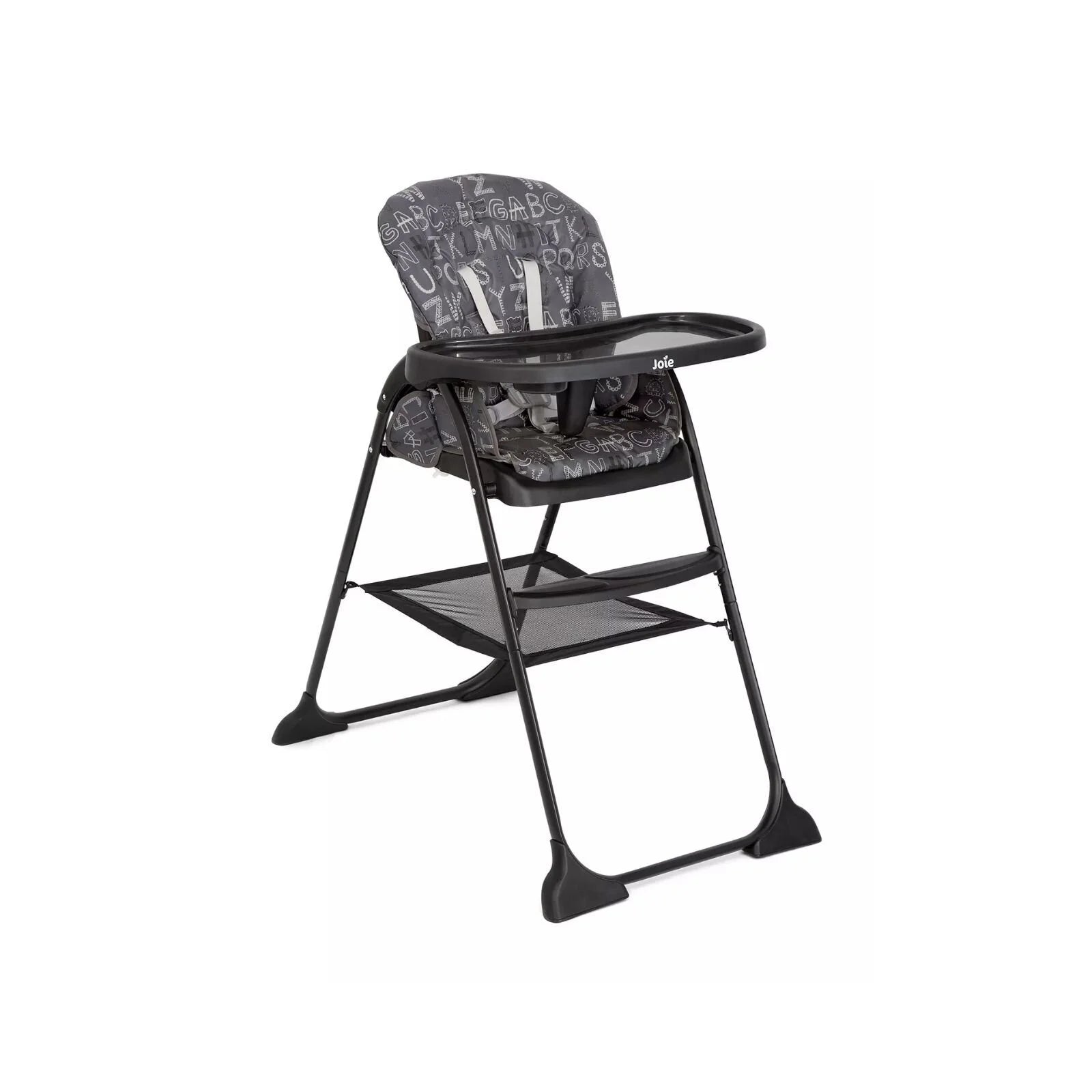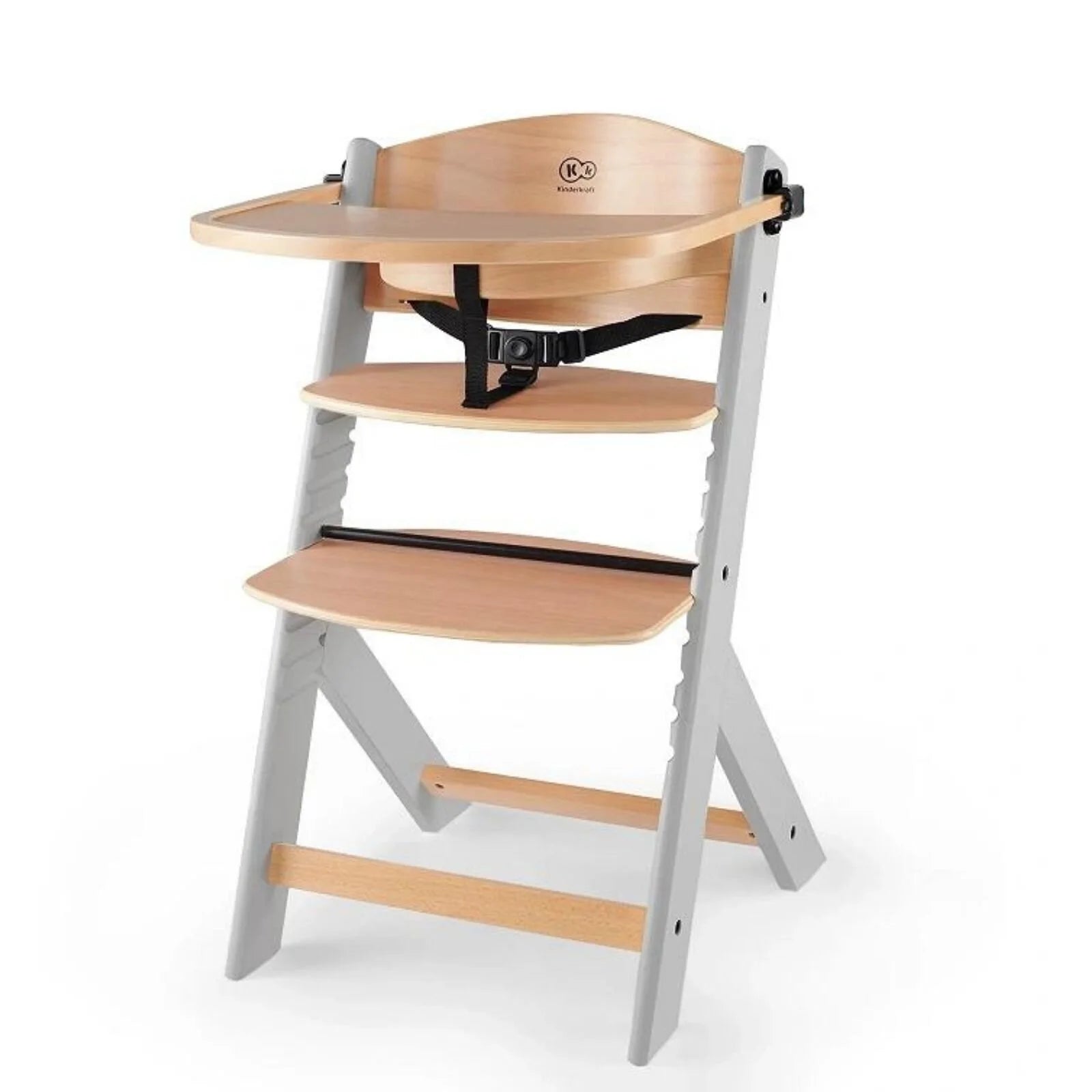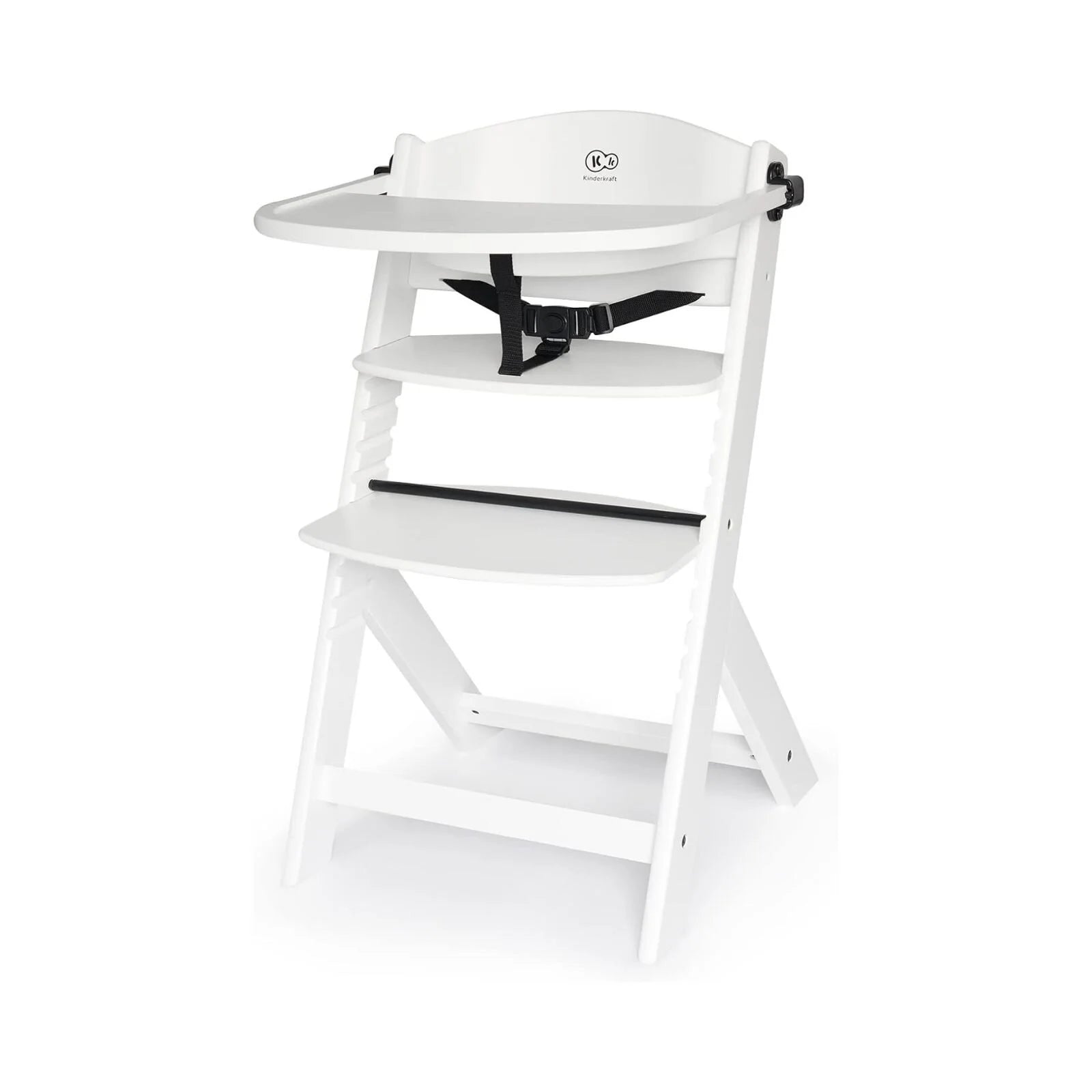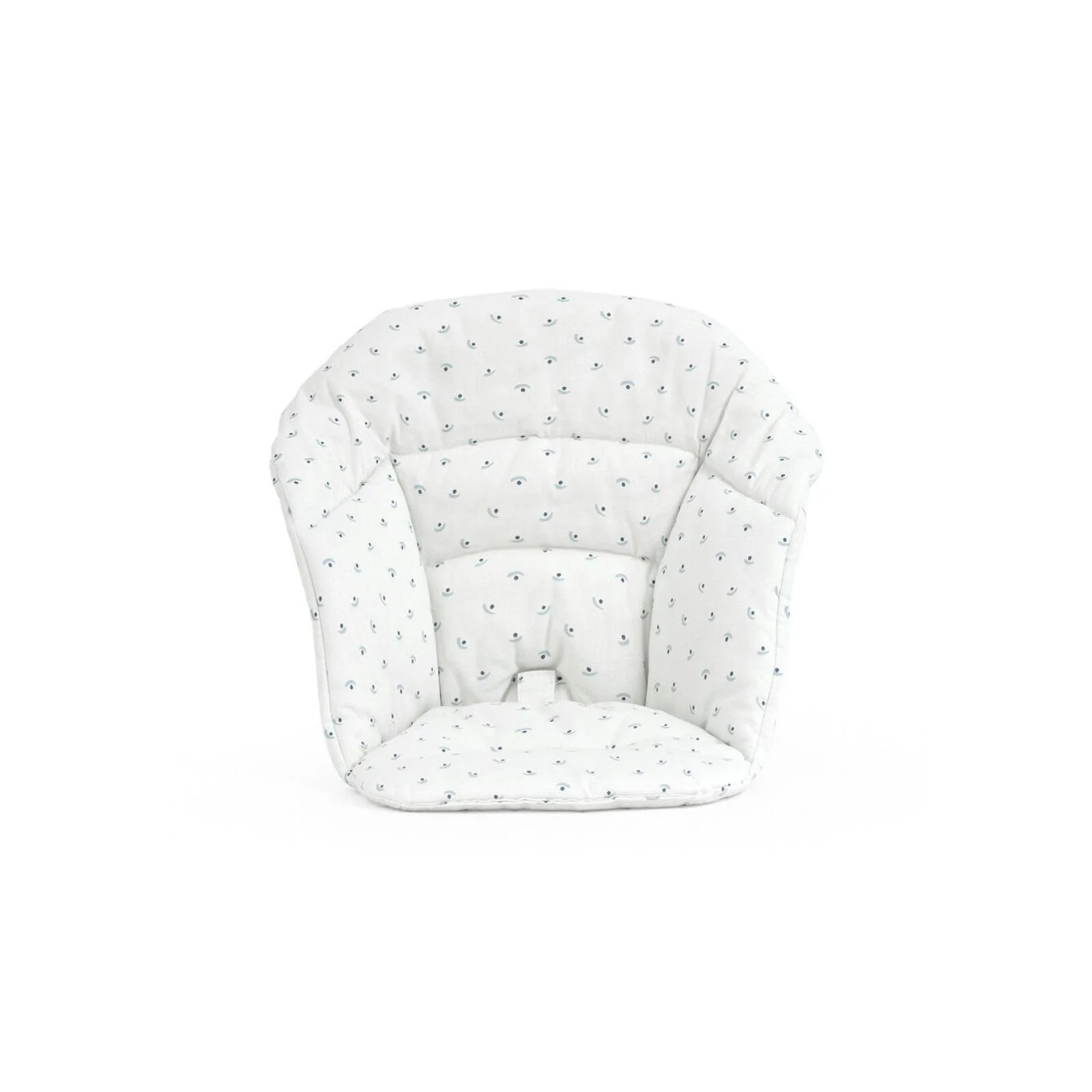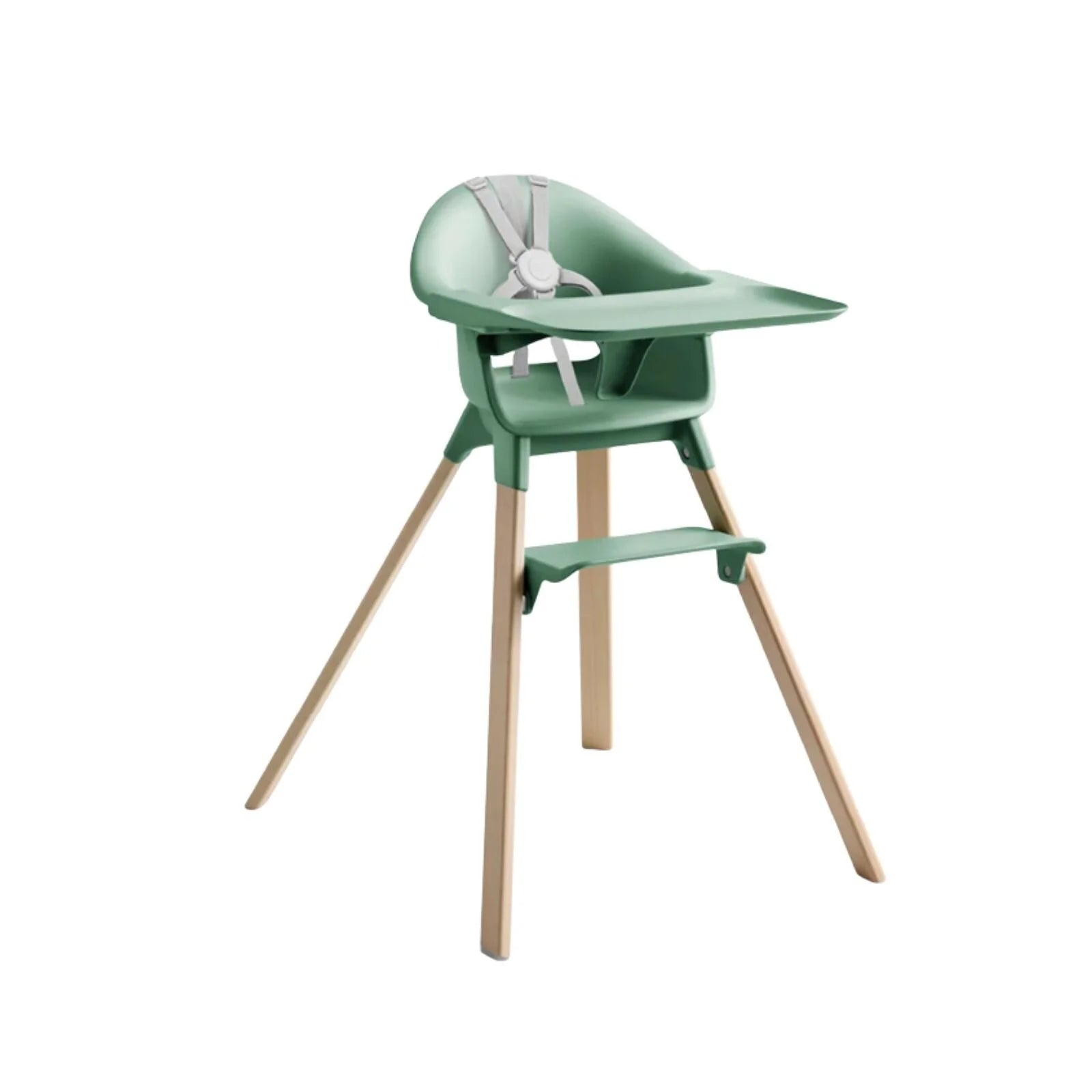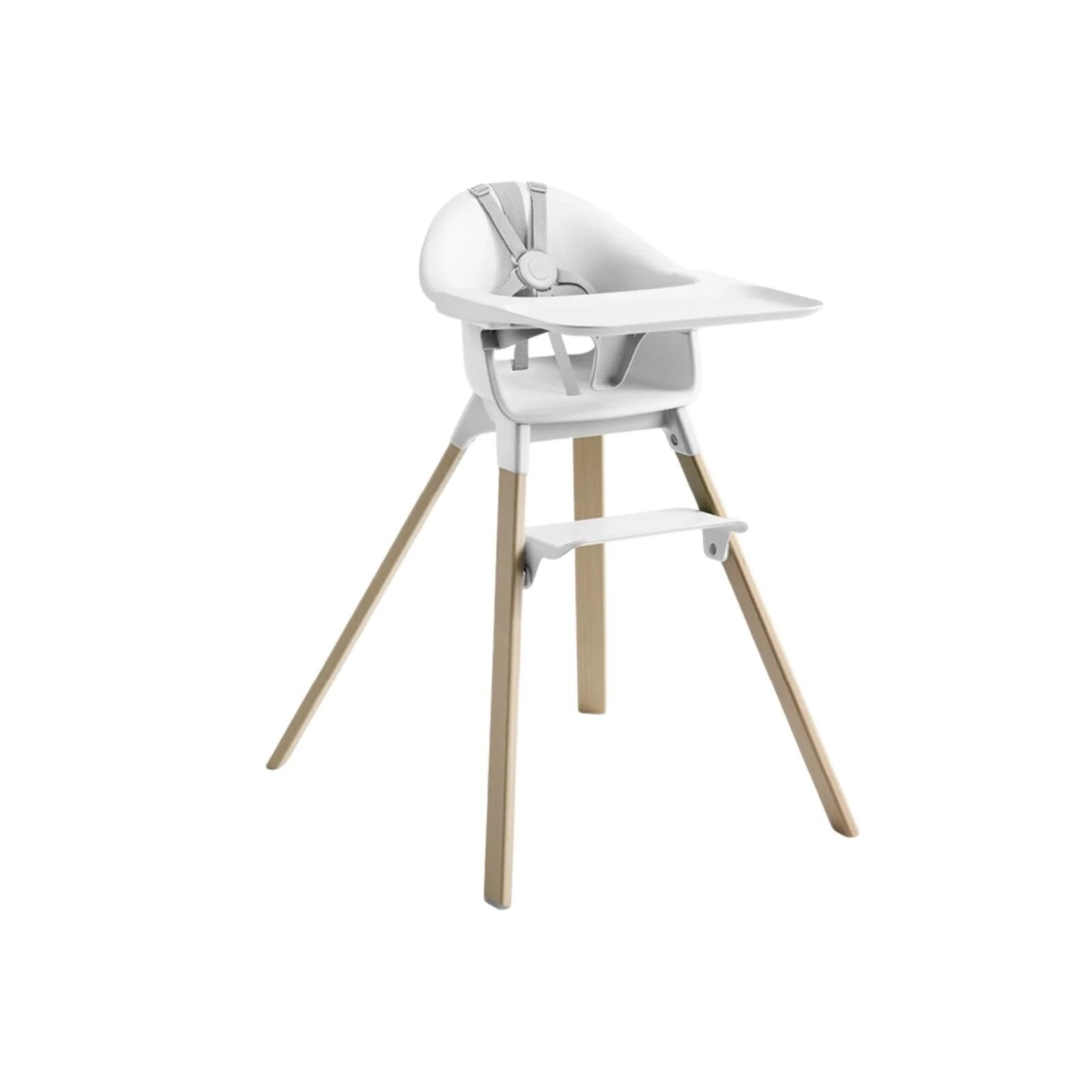The Ultimate Guide to Feeding Chairs
Mealtimes with your child are priceless events full of love, nutrition, and development for a parent. Ensuring a safe and comfortable surroundings becomes absolutely vital during these vital feeding times. This is where feeding chairs—also referred to as baby feeding chairs or newborn feeding chairs—have use.
These chairs provide a world of advantages for flawless and fun feeding schedules, not only a spot for your child to sit. From improving safety to supporting comfort and independence, feeding chairs are essential for your baby's mealtime experience.
Let’s dive into why a baby feeding chair is a must-have in your baby’s daily routine.
Enhanced Safety and Security with Feeding Chairs
Safety of your small one comes first with baby feeding chairs. Their safety harnesses or belts ensure your kid stays pleasantly placed and prevent slippage or fall during eating. Knowing that your child stays safely supported as they investigate different tastes and textures can help you to relax.
Feeding Chairs Promote Healthy Posture and Comfort
From first day, baby highchairs help your child's posture. Many versions have movable seat heights, which will help you to discover the ideal posture as your child develops. These architectural features support and comfort, thereby making every mealtime enjoyable for your child.
Exploring Feeding Chair Options
The Chicco infant feeding chair is among the best choices available in the realm of dining chairs. It provides your kid with a safe and comfy seat based on careful design and solid construction. The five-point safety harness offers great support; the adjustable height increases with your child.
Furthermore remarkable in adaptability is the Chicco highchairs. A portable tray lets your infant accompany you at the dining table as they get larger and makes cleaning simple. Its small, foldable form also makes simple storage and transportation ideal for families on the run.
Factors to Consider When Choosing Feeding Chairs
Selecting the best feeding chairs for your infant calls for balancing various considerations. Let's consider what you should keep in mind to identify the ideal match for your small one.
Safety Features and Construction of Feeding Chairs
Always give safety first importance while choosing a feeding chair. Key is a strong, durable build; also important are stable bases, safe harnesses, and non-slip characteristics. This guarantees a safe surroundings for your child during every lunch.
Comfort and Adjustability in Feeding Chairs
Choose a baby feeding chair with sliding seat height, footrest, and reclining angles. As your baby grows, these movable components offer custom comfort and support that fits their needs.
Feeding Chairs That Offer Ease of Cleaning and Maintenance
Choosing a feeding chair that is easily cleaned makes all the difference as feeding sessions can get messy. To cut your cleaning schedule, search for trays, straps, and washable, removable seat cushions.
Versatility and Long-Term Use of Feeding Chairs
Look for a chair that fits your growing infant. To make sure they stay handy as your child moves from infancy to toddlerhood and beyond, some feeding chairs become toddler chairs or normal seating.
Transforming Mealtimes with Feeding Chairs
Feeding chairs provide your infant a specific area to develop fine motor skills and independence. Your child can exercise self-feeding and investigate various textures with the removable tray, therefore promoting autonomy and confidence.
Feeding Chairs for Bonding and Connection
A baby feeding chair makes a unique dining area for bonding possible. Strengthening your parent-child relationship, you may make eye contact, have conversations, and enjoy meals together while seated face-to-face with your child.
Feeding Chairs Promote Healthy Eating Habits
Using a feeding chair helps you create a schedule that supports good eating from beginning. Your child develops a good relationship with food since they relate the chair with mealtimes, comfort, and nourishment.
Including a feeding chair into your baby's daily meal schedule not only improves comfort and safety but also creates a loving and joyous environment where your child may learn, grow, and enjoy every meal with you.
What age should I start using a baby feeding chair?
The ideal time to introduce a baby feeding chair is when your child is about six months old and able to sit up on their own. This necessary item makes mealtimes fun, worry-free, and safe by keeping them securely and comfortably seated as they start trying out different foods and flavours.
Are feeding chairs safe for newborns?
Since they don't provide the necessary stability and support that very young babies require, feeding chairs are generally not advised for newborns. Until they can sit up on their own, which is usually about six months, newborns should be fed in a safer, more secure environment, such as in a reclining chair or with the support of a caregiver.
What’s the difference between a feeding chair and a booster seat?
A feeding chair is a separate seat designed for feeding times and it generally has movable parts, such as tray attachments and reclining settings, to offer flexibility at home. A booster seat, on the other hand, raises your little one to table height by attaching to a standard dining chair. Boosters enhance convenience because they are small and ideal for eating out.
What’s the best way to secure my baby in the feeding chair?
To keep your infant safe, always use the straps or safety harness that are included with the feeding chair. To ensure that your child cannot slip out or stand up, make sure the straps are adjusted to fit snugly without compromising comfort. Their arms and legs should be able to move freely while still being safe thanks to the straps.
Can feeding chairs be used outdoors?
Many feeding chairs are designed to be used outdoors, but it’s crucial to check the manufacturer's guidance to ensure proper use. When outdoors, make sure the chair is placed on stable, even ground to avoid tipping. Always supervise your baby closely, protecting them from potential sun exposure or insects while they eat.

